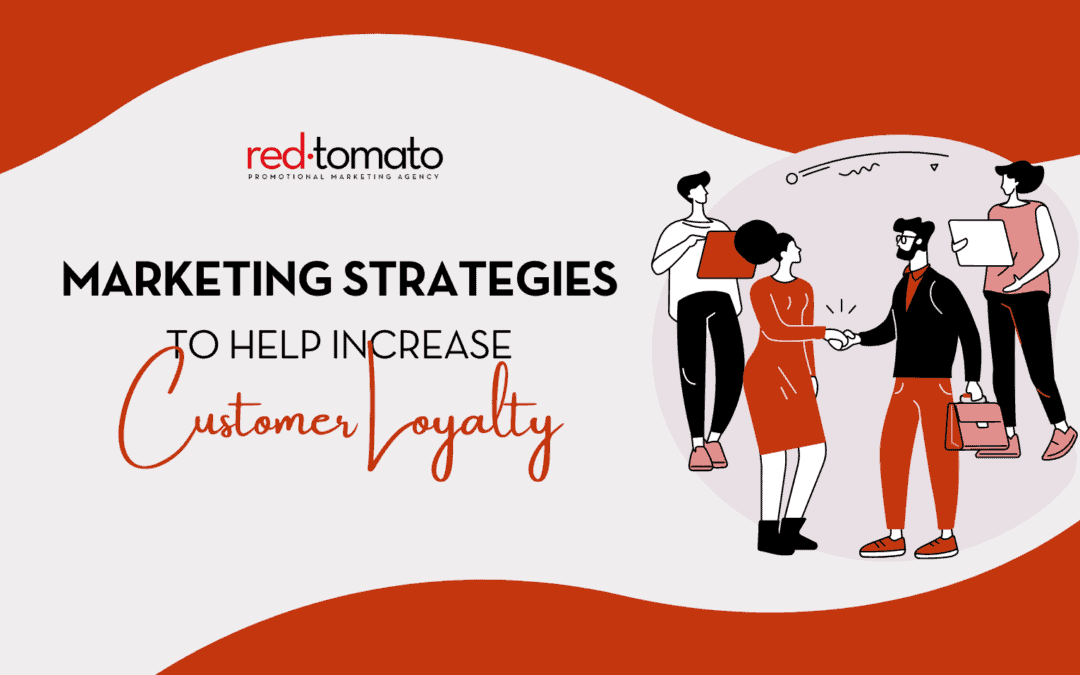Customer loyalty doesn’t begin after you make the sale. Their are four main stages for obtaining and keeping a client: attract, convert, close, and delight. Every single stage in this process is essential for increasing customer loyalty to your brand.
So how do you increase customer loyalty? There are various ways to increase your customer loyalty while still staying true to your brand and making your company stand out amongst the competition.
1. Implement outreach processes
Delighting your customers needs to come at every single stage in the buyer process in order to increase customer loyalty to your brand. Implementing outreach processes can be a good way to delight customers at any stage. Outbound email campaigns, providing helpful tips, and recommending resources can be a great way to delight your customers at every stage in the buyer process, even after they make a purchase.

Provide helpful content
It is much more cost-effective to keep a loyal customer happy than to continually obtaining new customers. Sending out a free eBook or a downloadable guide or template can be a great way to keep customers loyal to your brand both before and after you make the sale. It’s vital not to forget to delight your customers after you sold them your product or service. Returning customers are essential and can provide great referrals for future sales. Sending out a a genuinely helpful piece of content will show your customers you care about them even after you made the sale.
2. Sending promotional gifts to increase customer loyalty
Customers that receive a branded gift from a company are more than 85% percent likely to do business with that same company. With a strategic plan for gifting promotional products, customer loyalty towards your brand is almost guaranteed to increase. Timing and usefulness are two of the most important factors when creating a strategy to gift promotional products in order to increase brand loyalty.
For example, for Red Tomato’s 10-year anniversary we sent out a campaign integrating email and promotional gifts. Our account managers sent out high-quality “birthday” cards to all of our clients which was also accompanied by an email. The email contained a call to action which offered our clients a free gift – a branded box filled with a 1kg block of chocolate and a little hammer to smash and share it with colleagues! These thoughtful, and well-timed gifts increase Red Tomato’s customer loyalty and brand awareness.
3. Discounts
Offering your customers (or potential customers) special discounts and exclusive offers can increase their sense of brand loyalty. Why? Because it shows that you care about your customers enough to provide them with exclusive offers. Offer these types of discounts also instills a sense of urgency for them to act on the offer.
For example, you could have a special offer in which customers share your brand’s social media post within 24 hours in order to receive a special discount or free gift with a purchase. This implements a sense of urgency to act on an offer in addition to a sense of customer loyalty because they will receive a special discount from your brand.
4. Rewards for purchase
Enticing customers to make a purchase with an offer to receive a reward, will both increase sales and customer loyalty if executed correctly. For example, Red Tomato’s “Ugly Christmas Sweater” campaign encouraged customers to place an order before the end of the financial year. If they did, they would receive a free ugly sweater. The campaign was both fun, and a win-win for both Red Tomato and their clients.
Customer loyalty using a points-back system
This is probably one of the most common examples of a customer loyalty program. Grocery stores and coffee shops that offer “points” for purchases that can be exchanged for discounts or free items. A points-back system is a good way to both increase revenue and customer loyalty.
5. Input
Customers, especially millennial customers, want to contribute to the evolution of a brand. Customers want to feel like they are part of the brand and can identify with its message. Asking customers for input can increase customer loyalty because they feel loyal to a brand they helped build.
A perfect example of this is Lego’s “Kronkiwongi” campaign. In this campaign, Lego asked kids to build a “Kronkiwongi” (a word Lego invented) and encouraged kids to use their imagination. Kids all over the world submitted their creations and explained what a “Kronkiwongi” does. The campaign was heartwarming, viral, and increased international customer loyalty towards Lego.






